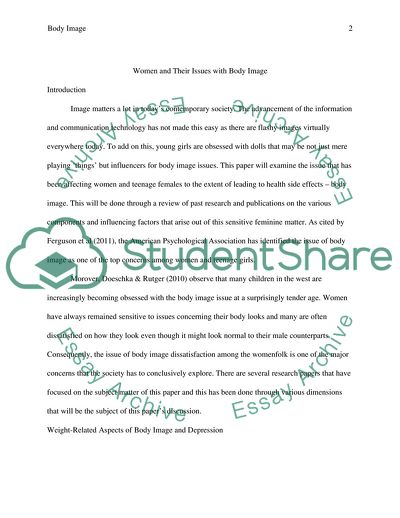Cite this document
(Women and Their Issues with Body Image Literature review, n.d.)
Women and Their Issues with Body Image Literature review. https://studentshare.org/gender-sexual-studies/1792028-women-and-their-issues-with-body-image
Women and Their Issues with Body Image Literature review. https://studentshare.org/gender-sexual-studies/1792028-women-and-their-issues-with-body-image
(Women and Their Issues With Body Image Literature Review)
Women and Their Issues With Body Image Literature Review. https://studentshare.org/gender-sexual-studies/1792028-women-and-their-issues-with-body-image.
Women and Their Issues With Body Image Literature Review. https://studentshare.org/gender-sexual-studies/1792028-women-and-their-issues-with-body-image.
“Women and Their Issues With Body Image Literature Review”. https://studentshare.org/gender-sexual-studies/1792028-women-and-their-issues-with-body-image.


